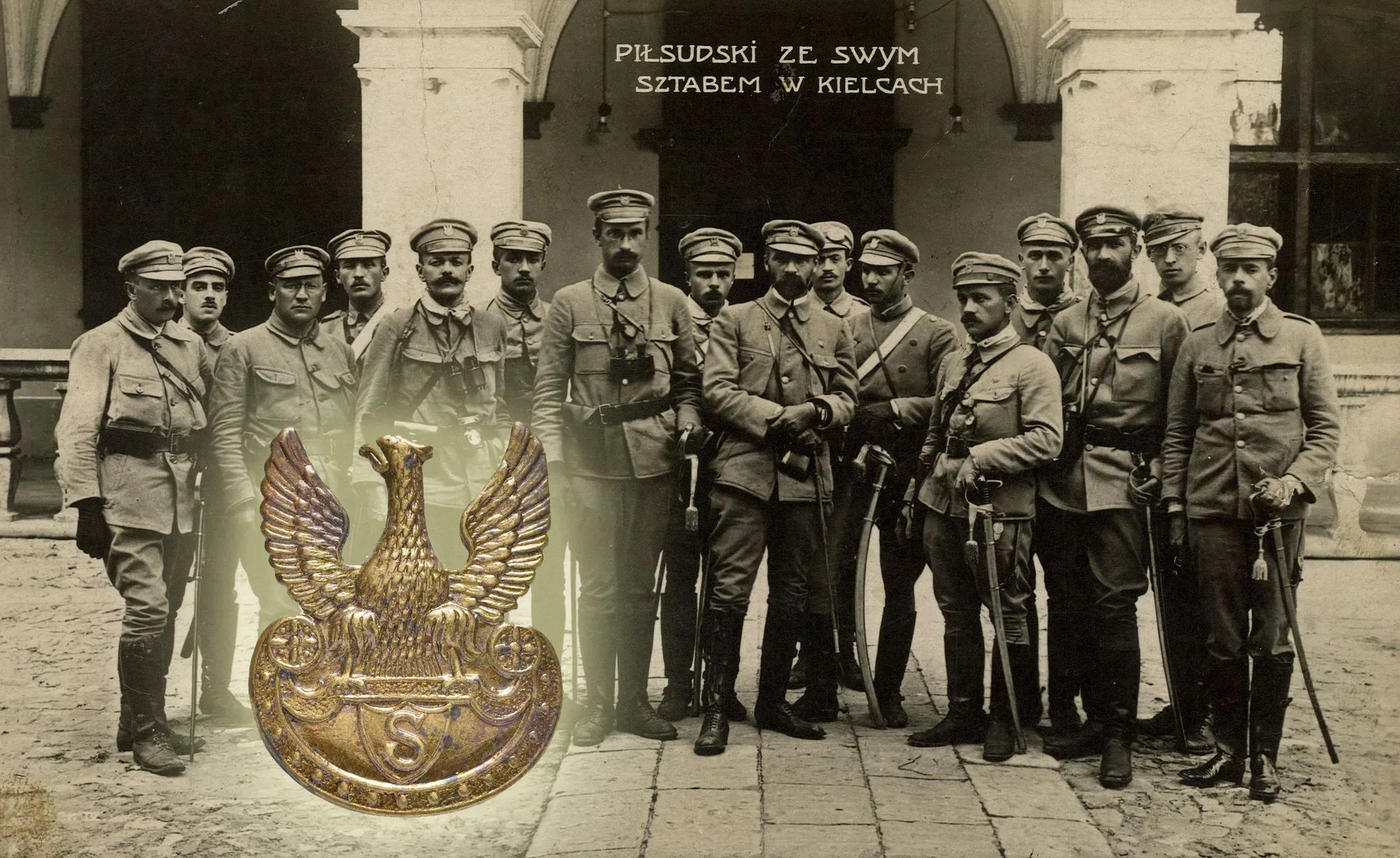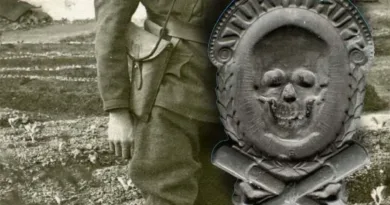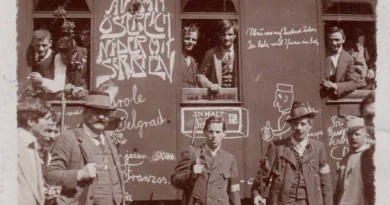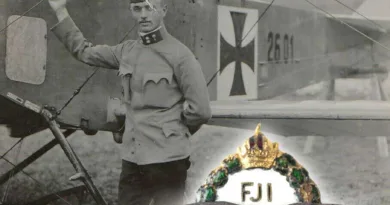Polish Legion
At the beginning of the Great War, independent Poland did not exist. The territories inhabited by Poles were owned by the Russian, German and Austro-Hungarian states following the earlier partition of Poland. The Polish people did not give up the idea of having their independent homeland. They did not assimilate into the nations that occupied the area, and from the late 1800s onwards Polish society became increasingly organized to regain independence. The best-known leader of the political movements was Józef Pilsudski, whose life I have already written about here.
Under the command of Pilsudski and several other military leaders in the Great War, a three-brigade military unit, the Polish Legion fought on the side of the Central Powers. The legion was formed in Galicia on August 22, 1914, right at the beginning of the war. It was organized as an independent troop with the Polish command language, but within the framework of the Austro-Hungarian army. Of course, it was employed on the Russian front and was sometimes involved in the battles with the biggest losses. In 1915, they occupied Kielce and took part in an offensive for the liberation of Warsaw. In June 1916, about 25,000 men in the three brigades of the Legion fought against the Russians. The three brigades each had two or three infantry regiments, one cavalry regiment, and artillery batteries, so they formed a complete combat division.

Referring to the heavy losses the Legion suffered in the summer of 1915 and the summer of 1916 (Rokitna, 15 June 1915; Kostiuchnówka, 4-6 July 1916), Pilsudski, the leader of the 1st Brigade of the Legion, sought assurances from the leaders of the Central Powers to restore Polish independence. On November 5, 1916, the Kingdom of Poland was formed, which for the time being was subordinate to the Allies, without any substantial independence. Subsequently, the troops of the Polish Legion were deployed under partly German and partly Austrian-Hungarian higher command.
As the Germans hindered the establishment of an independent Polish state, in 1918 the legionnaires confronted their allies. Near Rarancza, the Polish troops were defeated by Austro-Hungarian troops on February 19, 1918, and by German troops at Kaniów in May 1918. The leaders and soldiers of the Legion were taken POWs. General Haller escaped and began organizing another Polish armed force on the side of the Entente. At the end of the Great War, Poland sided with the victors. At the cost of further bloody fighting, the eastern border to the establishing Soviet state was consolidated.

The map attached to the post shows the movements during the most active period of the Polish Legion in 1915-16. In the photo we see the staff of the Legion in the liberated city of Kielce. The cap badge was the universally worn emblem of the legion.




